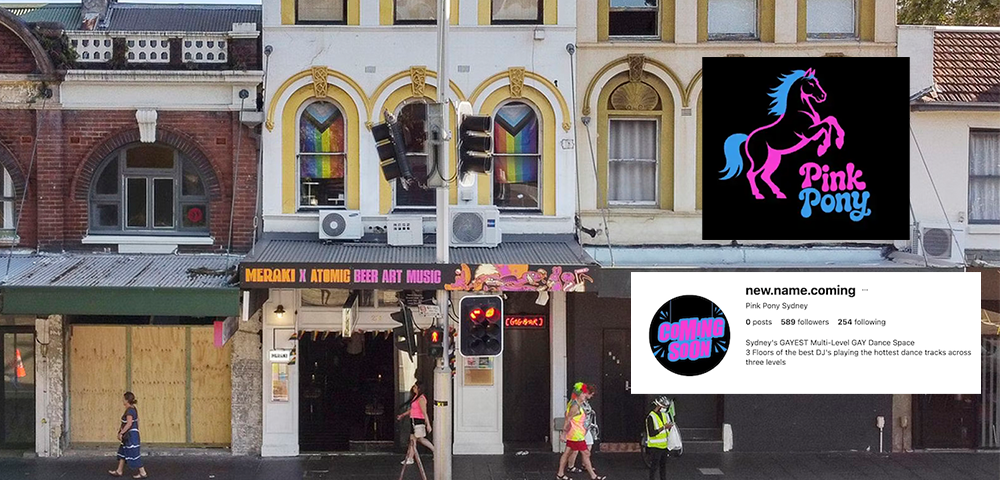
Maintaining the rage
You could get quite excited about the 28 Days Later sequel, 28 Weeks Later, if you hadn’t seen the first movie. As horror-action-thrillers go, it delivers plenty of bang for your buck. And both movies are quite effective at tapping into contemporary fears: in the age of such problems as AIDS, bird flu, mad cow disease, etc., the idea of entire countries being wiped out by a virus is not too improbable.
28 Weeks Later extends the premise of the original, that Britain is in the grip of a fast-acting rage virus, spread by contact with bodily fluids, which instantly turns the victims into murderous predators driven to attack anybody to satisfy their bloodlust.
In this sequel, six months after Britain has been wiped out by the plague and all the victims have died of starvation, US armed forces have taken over and are cautiously re-populating the country, starting with a safe place in London known as District 1, on the Isle of Dogs. The twist in 28 Weeks Later is that a couple of the characters possess an inherited genetic variation that makes them immune to the virus but potential carriers. Naturally there’s a fresh outbreak -“ cue lots of fast-paced action, violence, big explosions, and buckets of blood.
So, what was so good about the first movie and why doesn’t 28 Weeks Later measure up? First of all, Danny Boyle, director of 28 Days Later, is a genuine innovator but this time round he’s an executive producer. The sequel is the second feature by Spanish director Juan Carlos Fresnadillo, who made the well-received thriller Intacto. While 28 Days Later was basically a genre zombie movie, it felt fresh because it was remarkably free of clich? The sequel’s plot, however, revolves around a hoary old horror movie convention, used not just once but twice. The audience is practically begging the characters, Don’t go into that room. You know something bad will happen, and sure enough -¦
The sequel also doesn’t have Cillian Murphy, and his memorable initial full-frontal nude appearance. In fact, none of the original cast members appears -“ only two of them survived to the end credits of 28 Days Later. (Also, don’t hang around expecting another quirky post-credits alternative ending -“ the sequel doesn’t repeat that gimmick.)
The new cast is uniformly good. There’s a family involved, played initially by Robert Carlyle (The Full Monty, Trainspotting) and Catherine McCormack (Braveheart) in the gut-wrenching opening sequence. Later their children appear, notably Mackintosh Muggleton, perfectly cast as the 12-year-old son. Rose Byrne (also in Danny Boyle’s Sunshine) is an impressive heroine. Other major roles include: Jeremy Renner as an army sniper who deserts his post, unwilling to fire on innocent civilians; Idris Elba (the arch-villain through the first three seasons of The Wire) as the military commander with hideous ethical decisions to make; and Harold Perrineau (wheelchair narrator of Oz, also in Lost) as the helicopter pilot.
Mostly 28 Weeks Later isn’t bad, just disappointing after its brilliant predecessor. What is bad about it is the excruciating musical score. The loud pumping guitar-driven thrash doesn’t move the action along -“ it takes you right out of the movie with the distracting thought: God, that music’s terrible.









